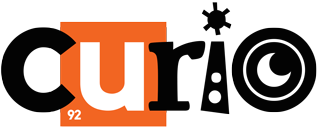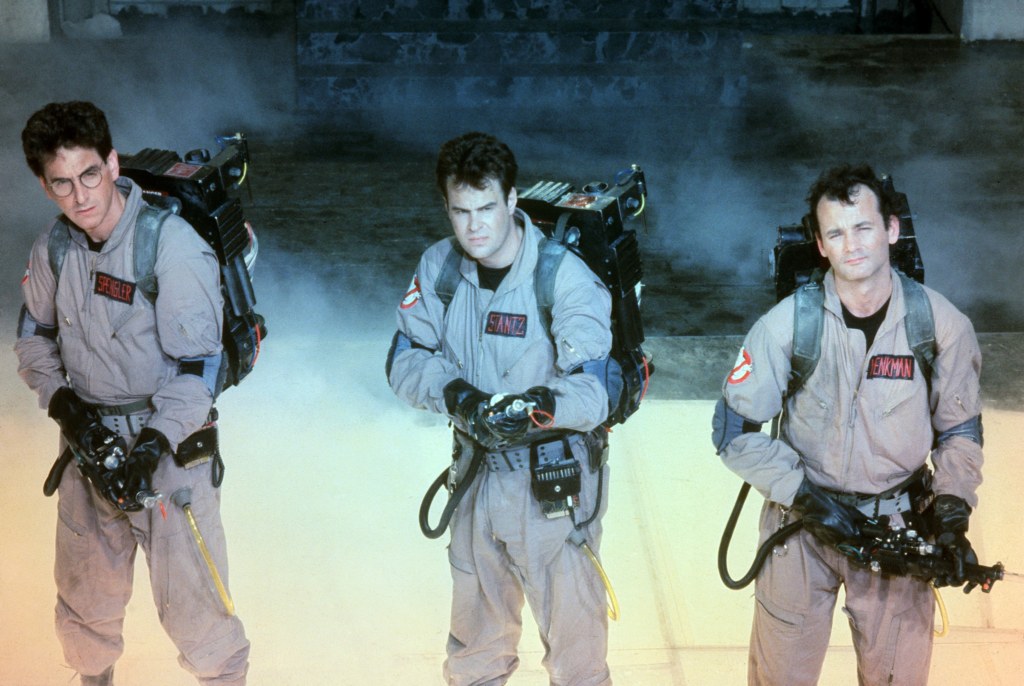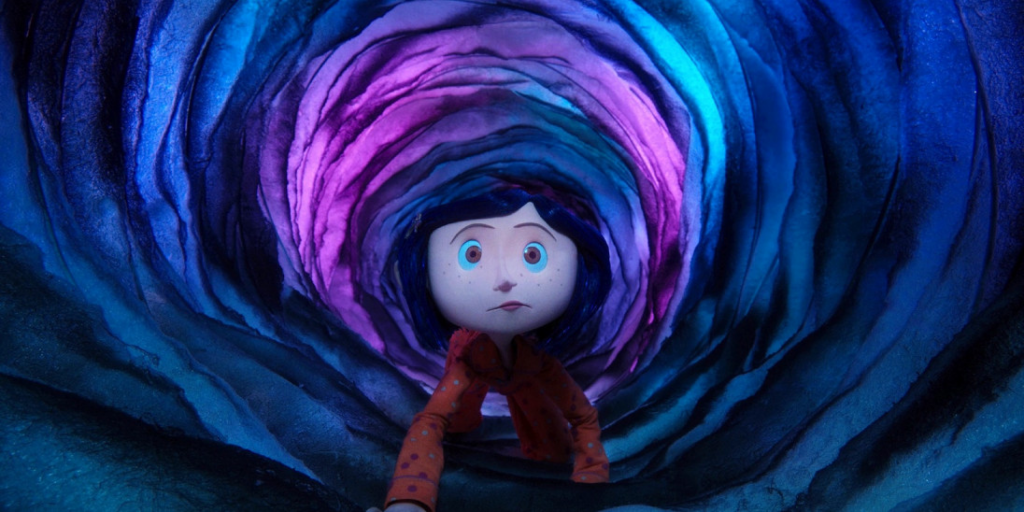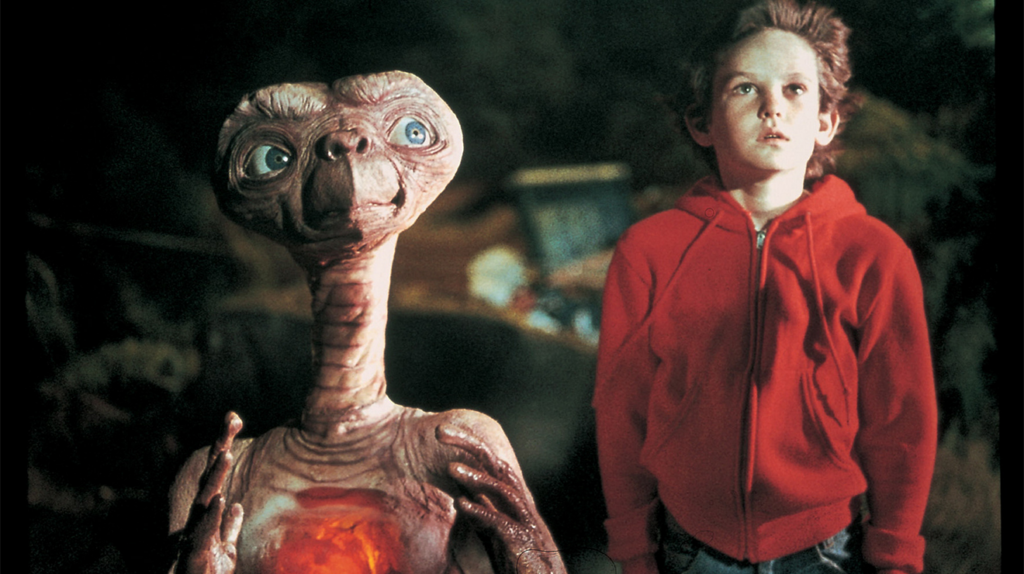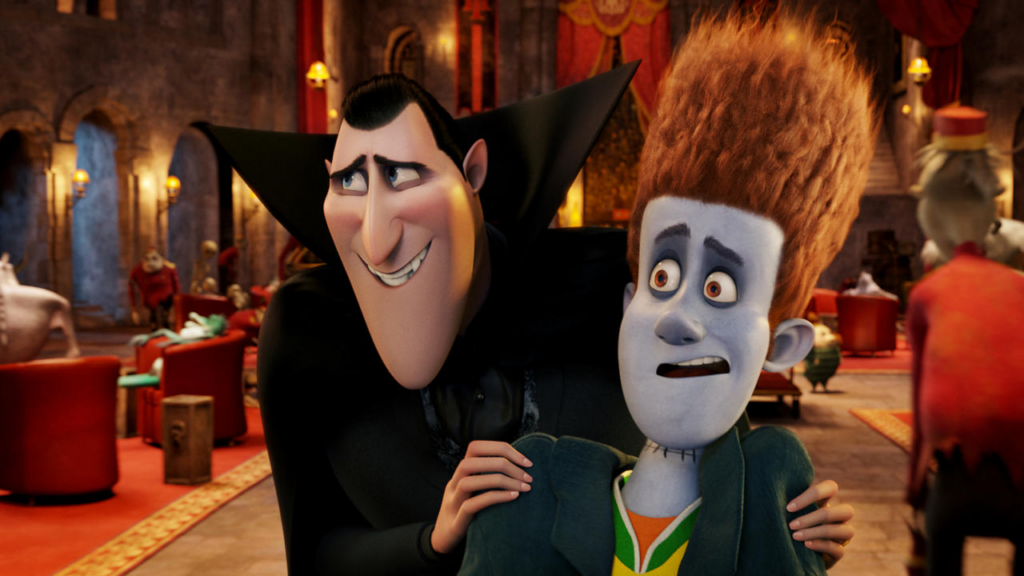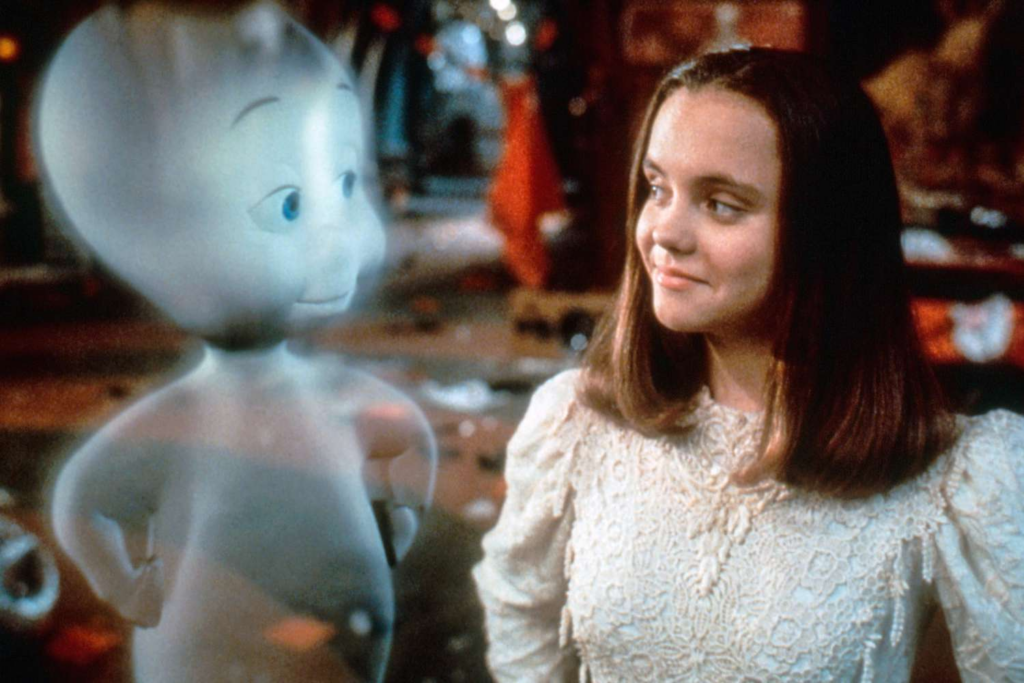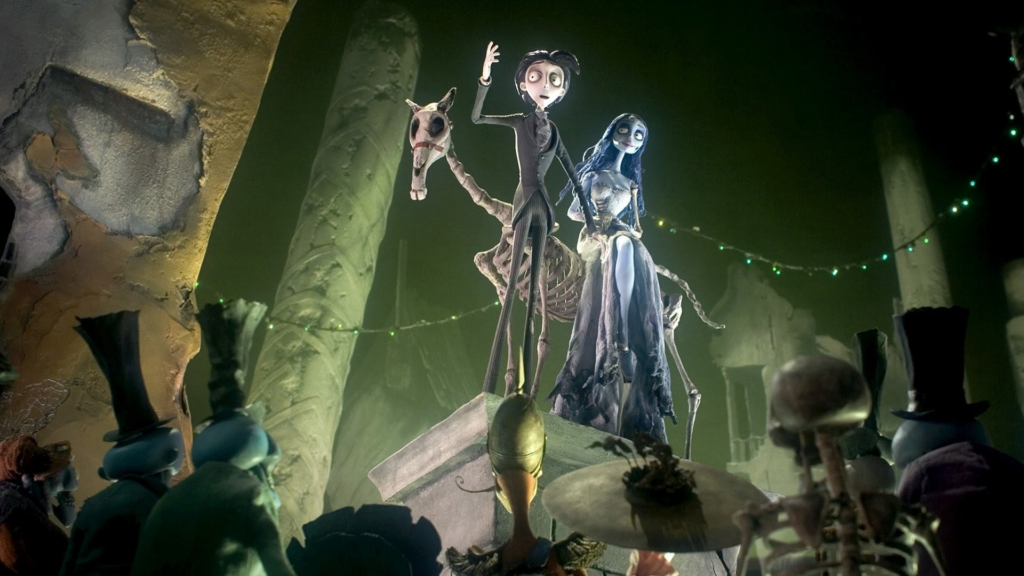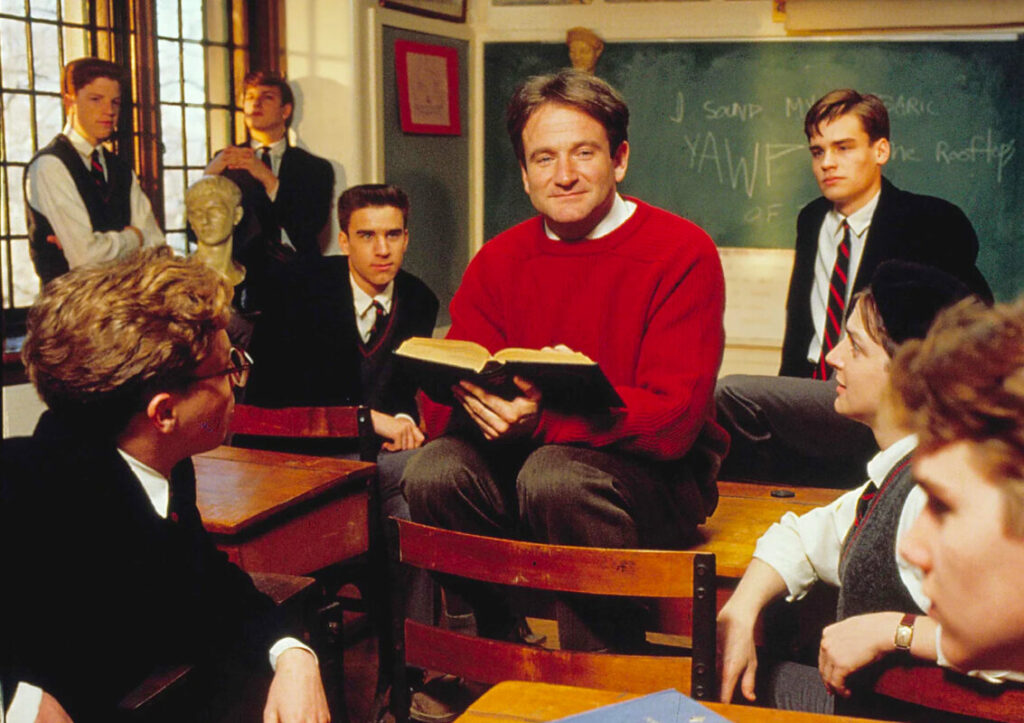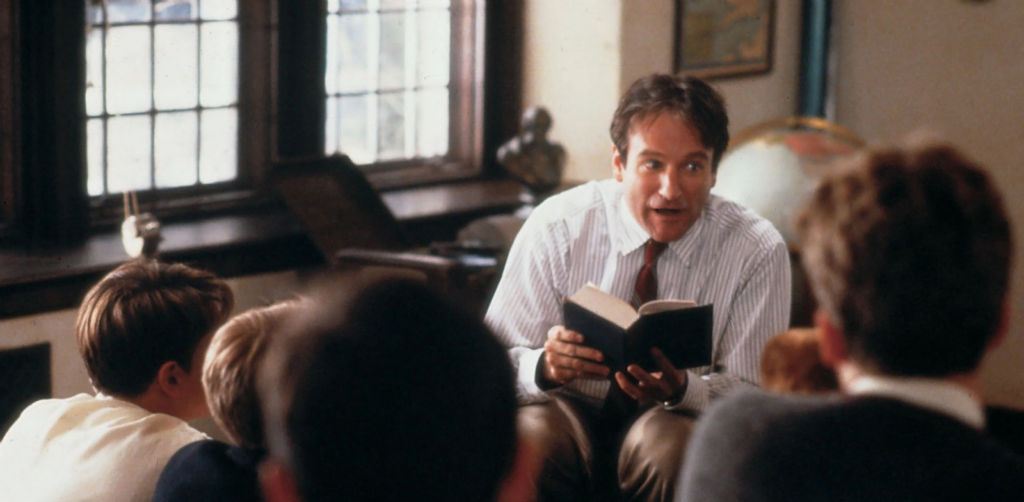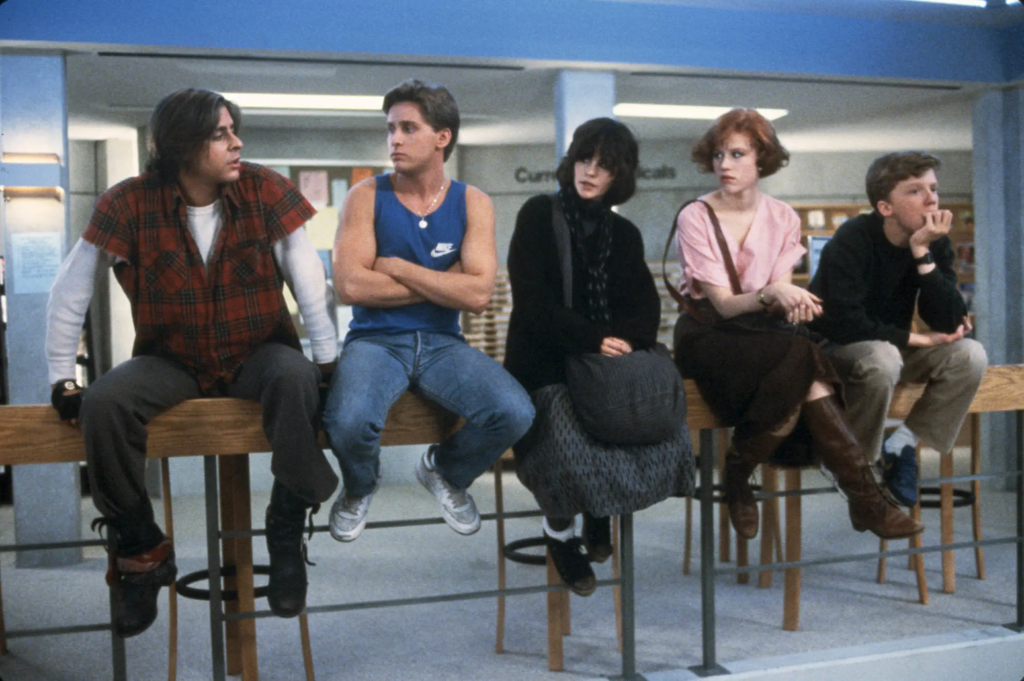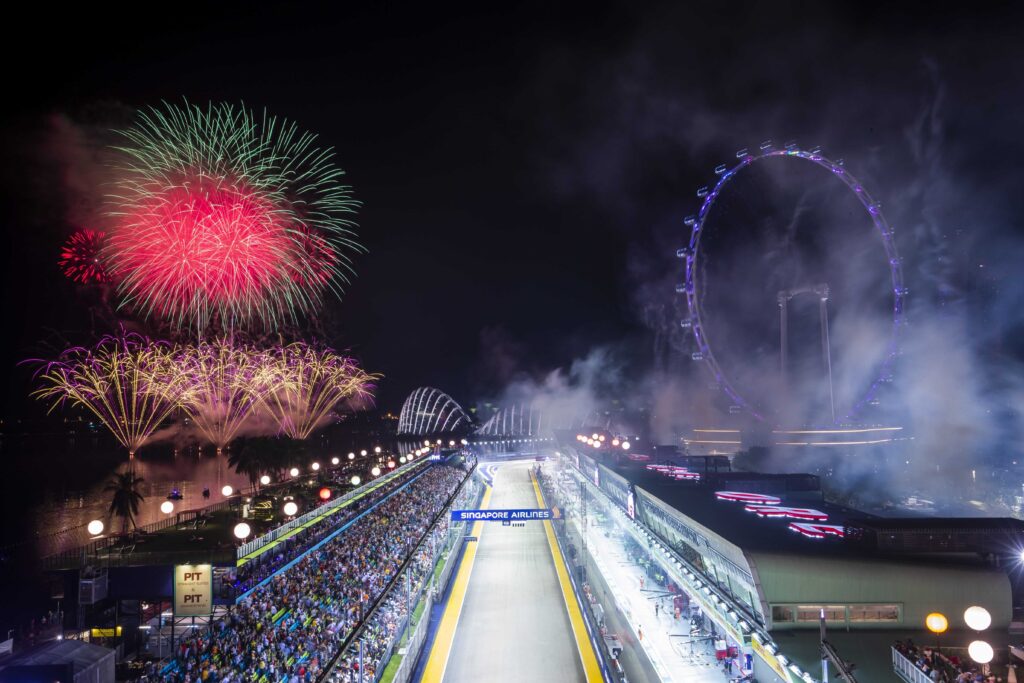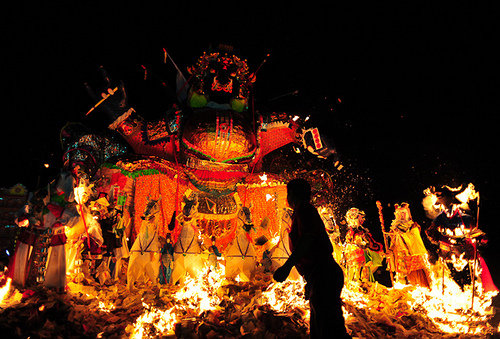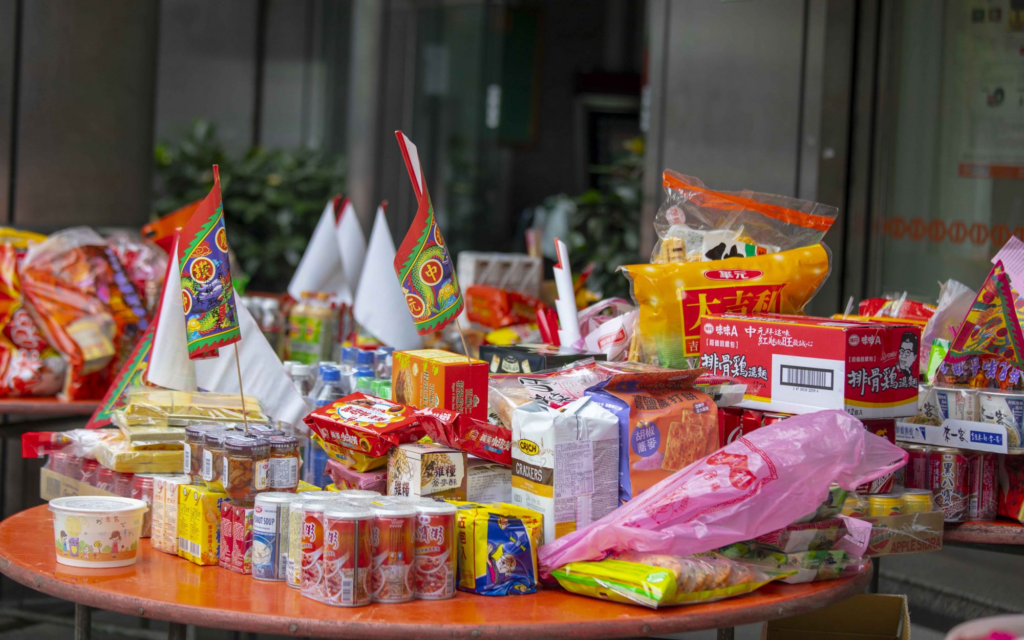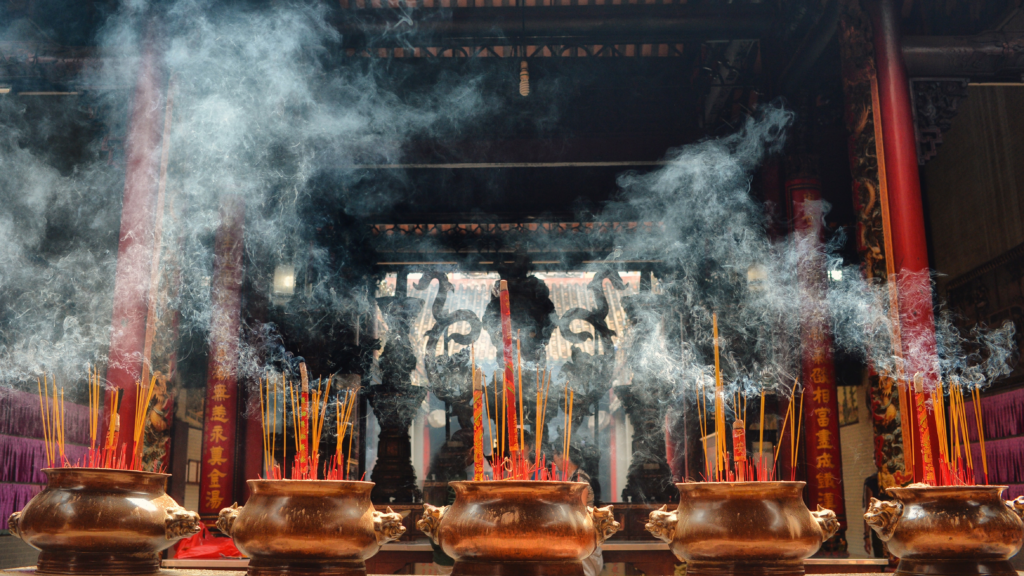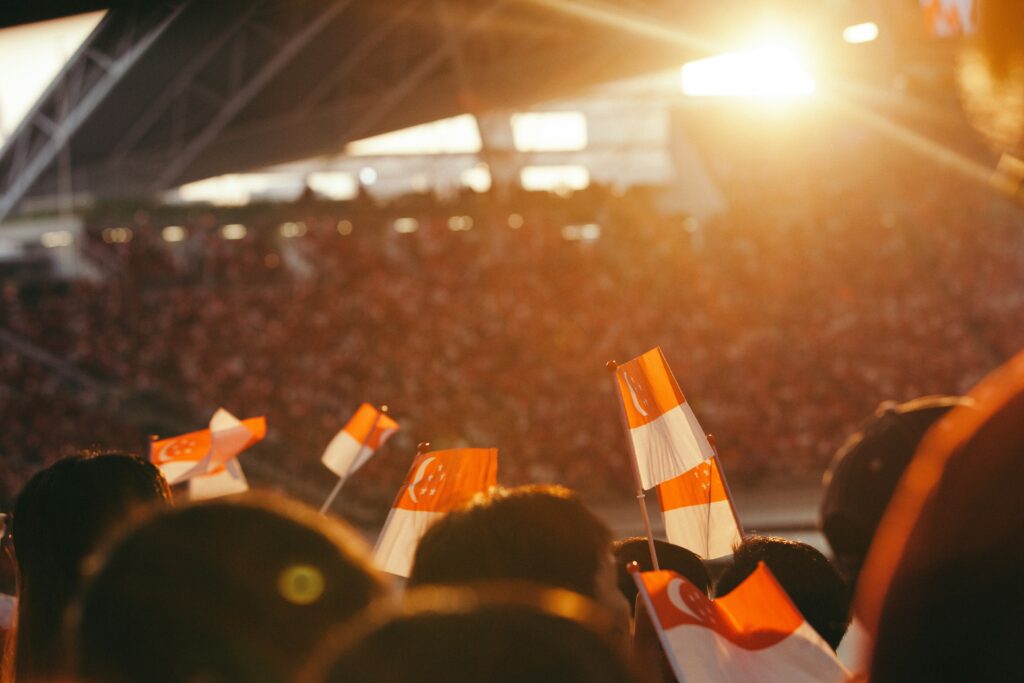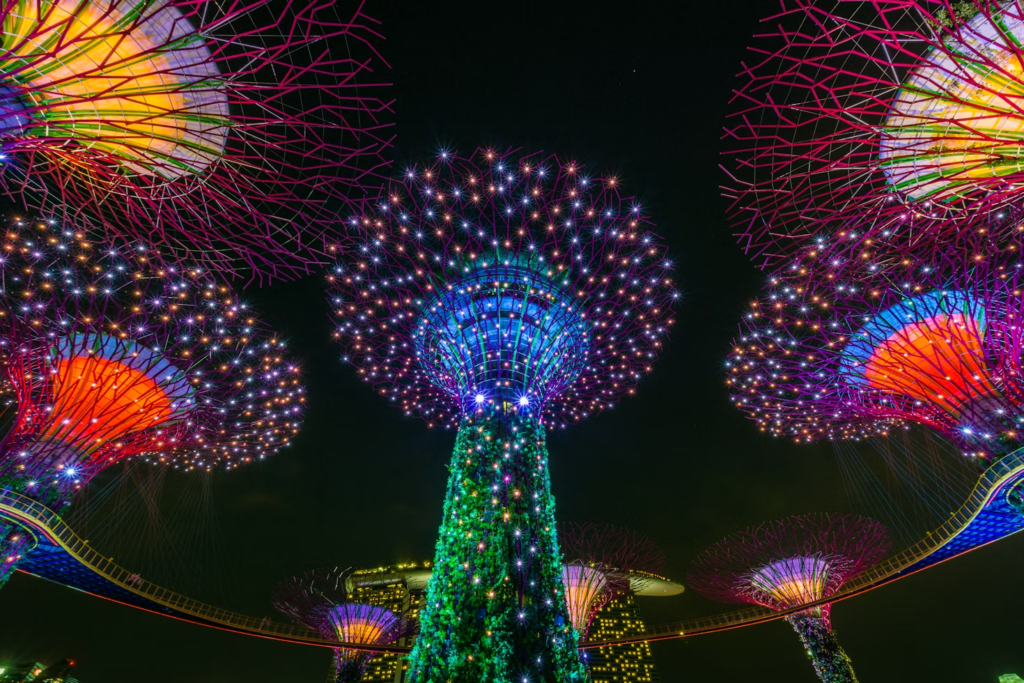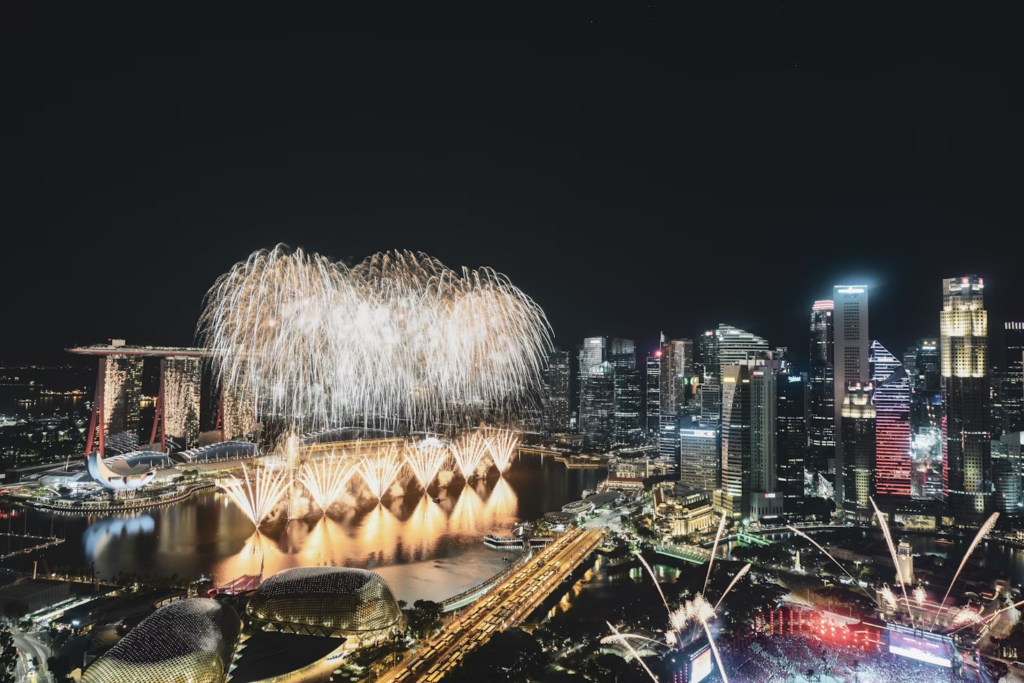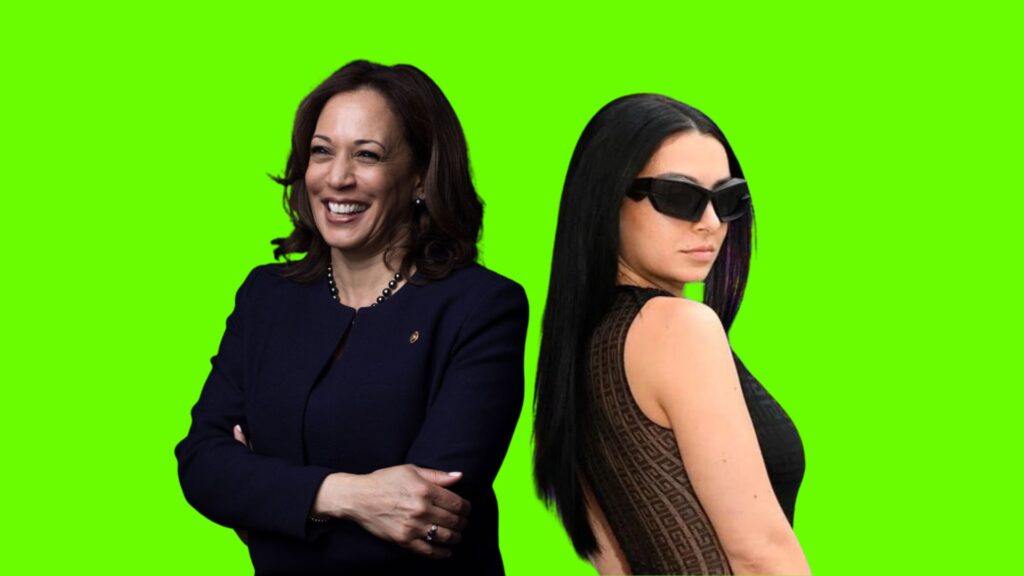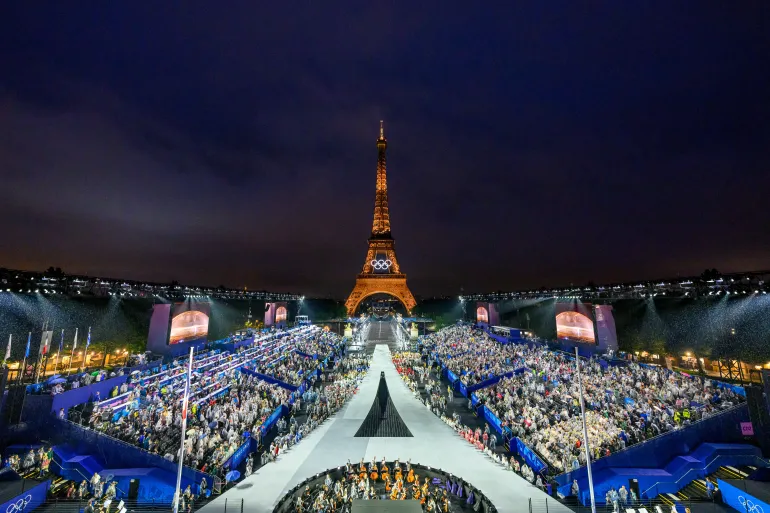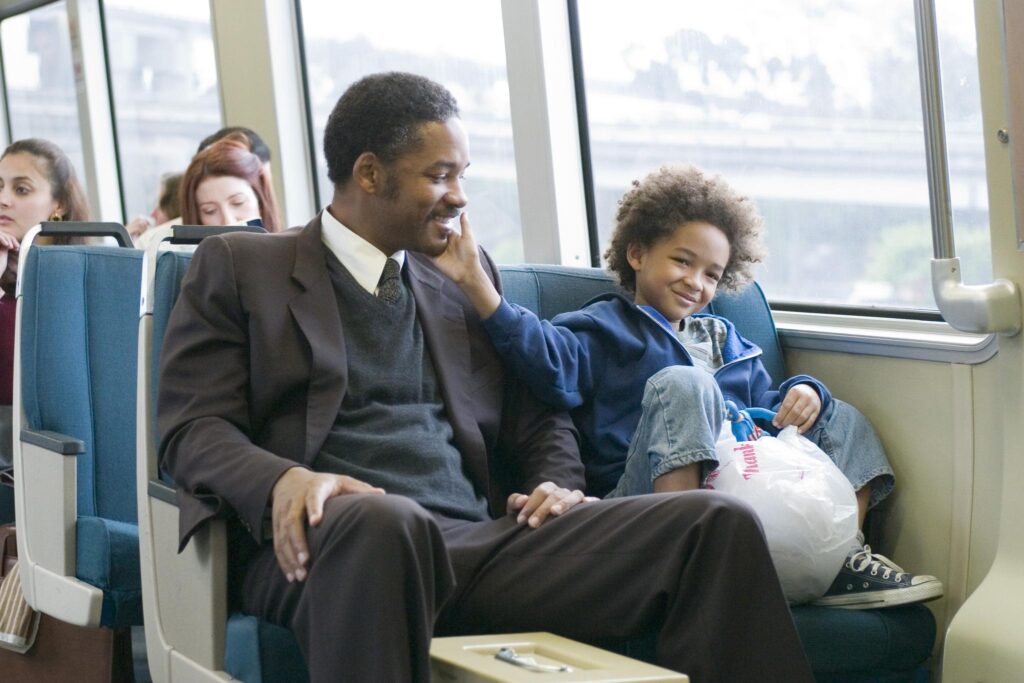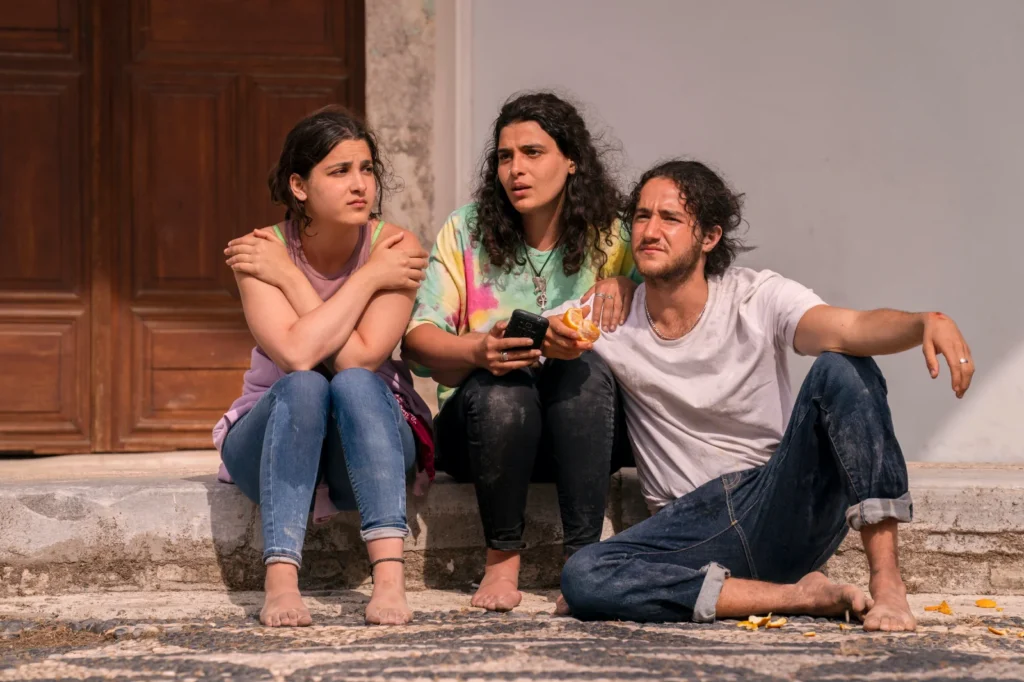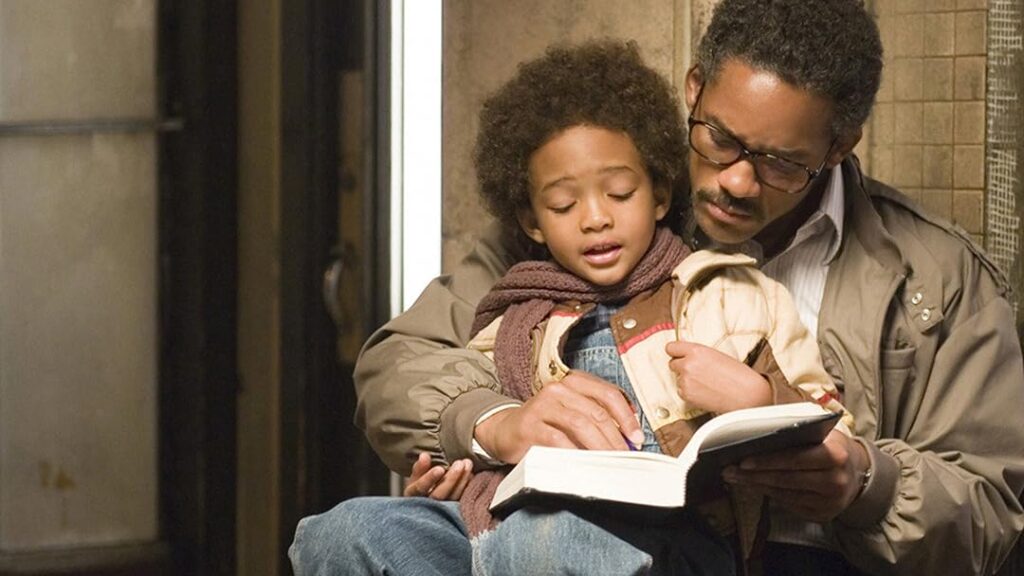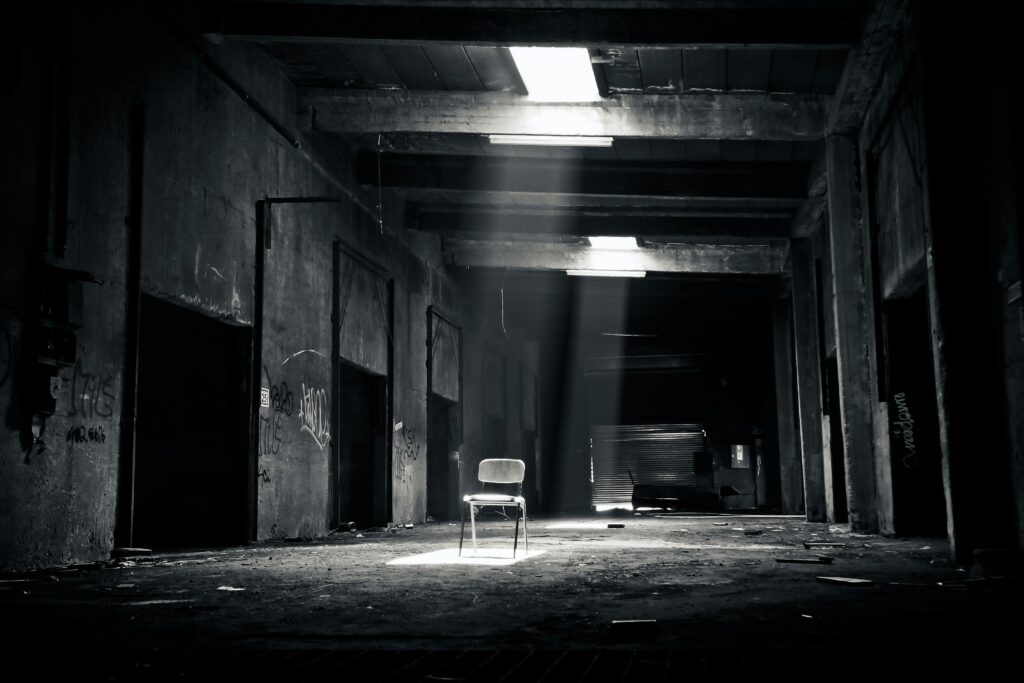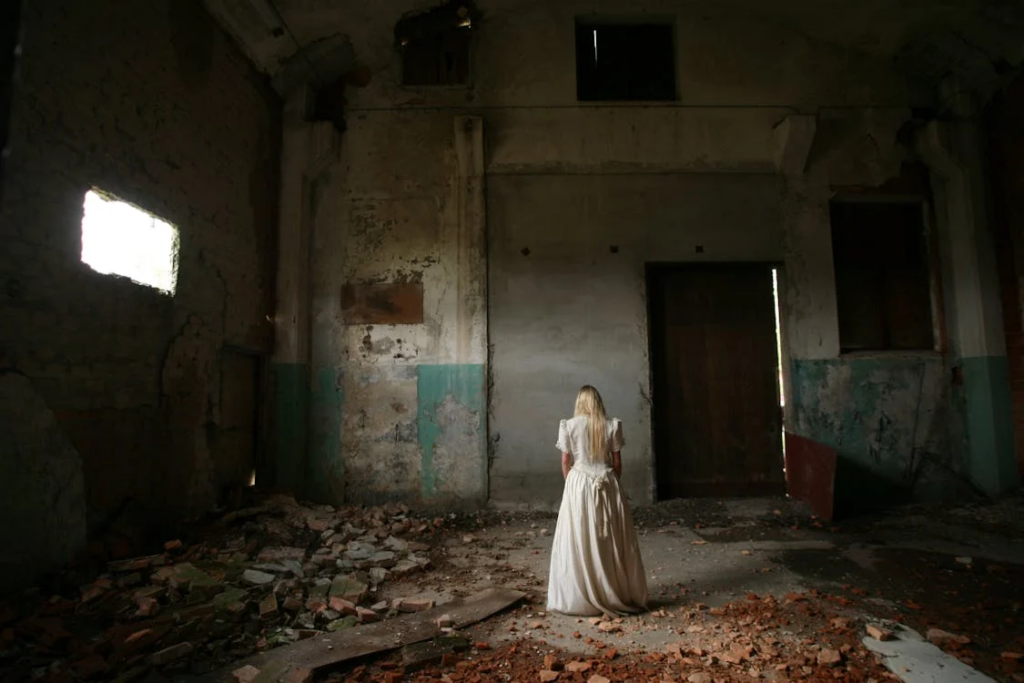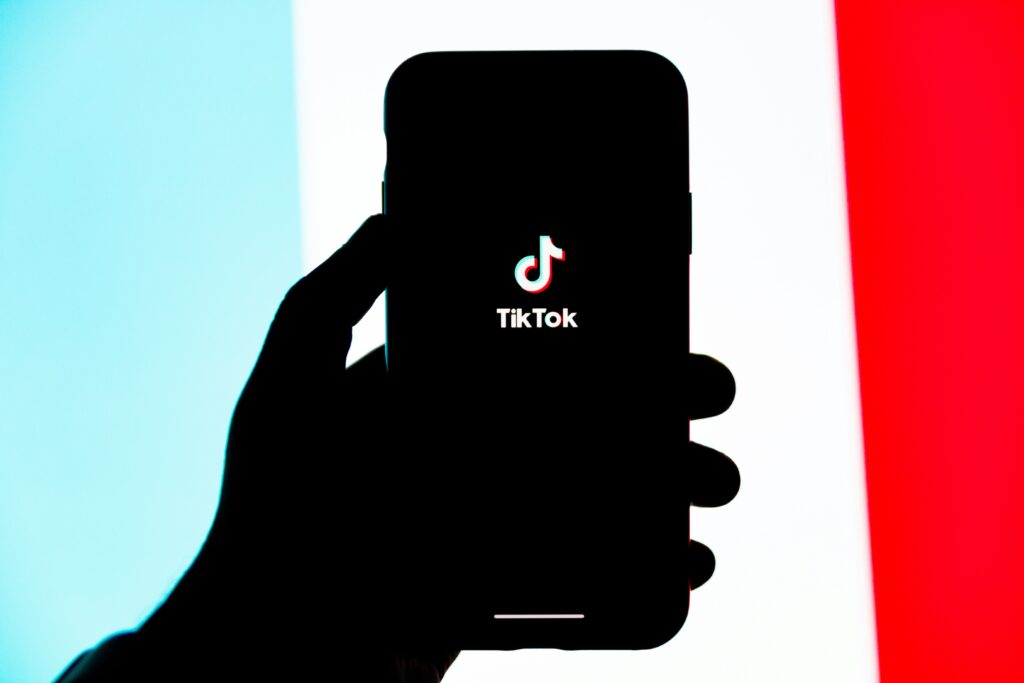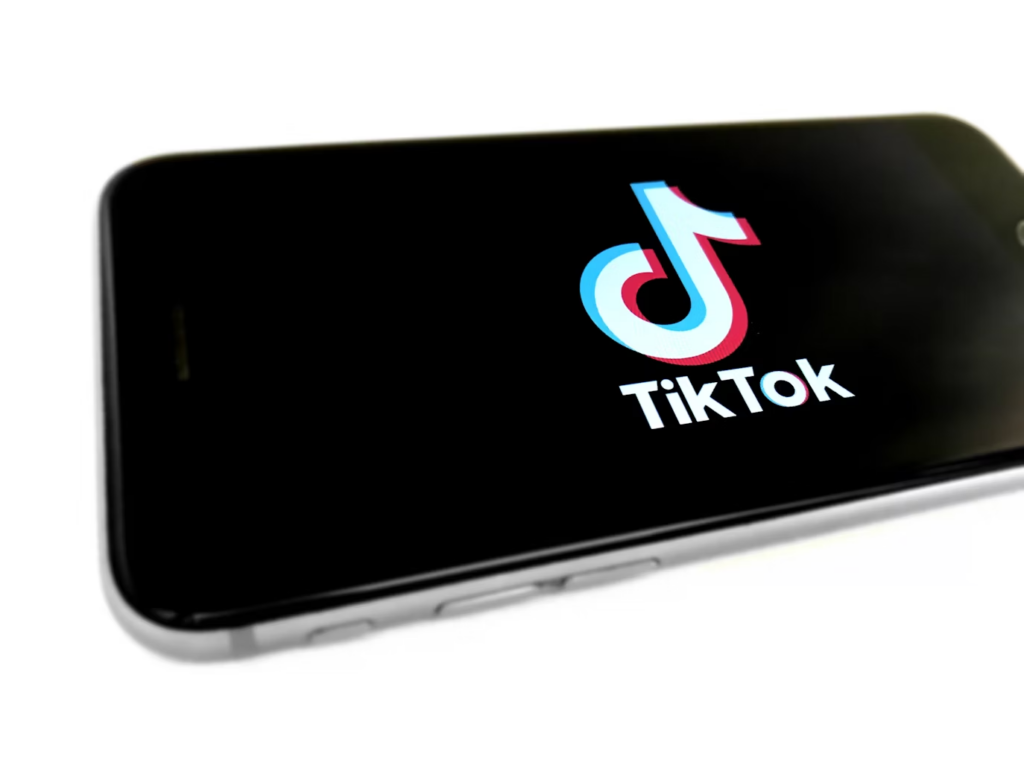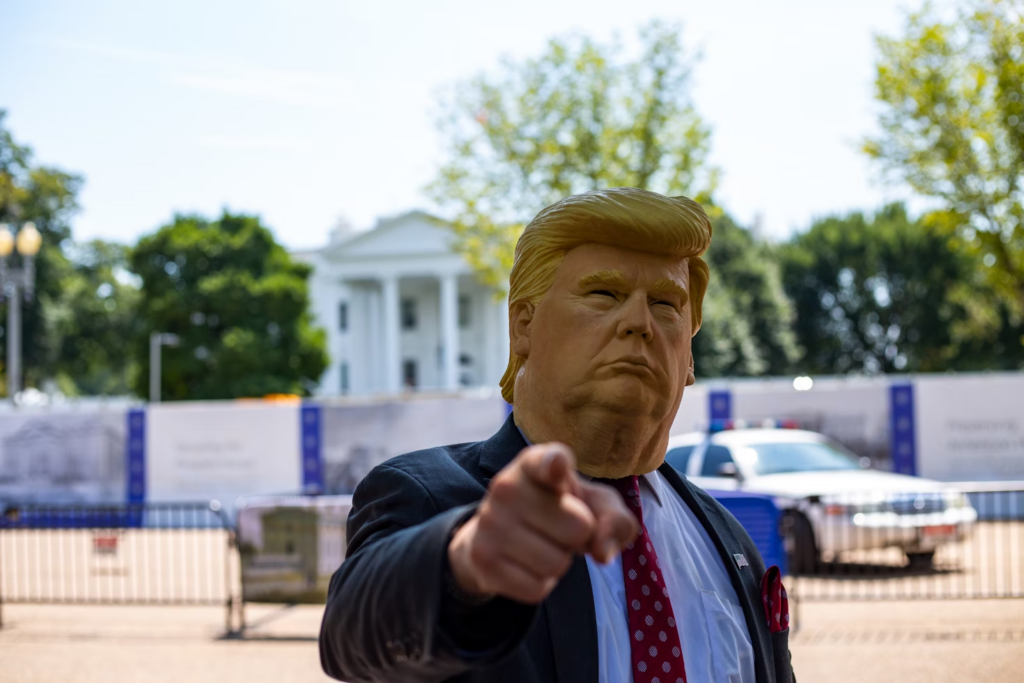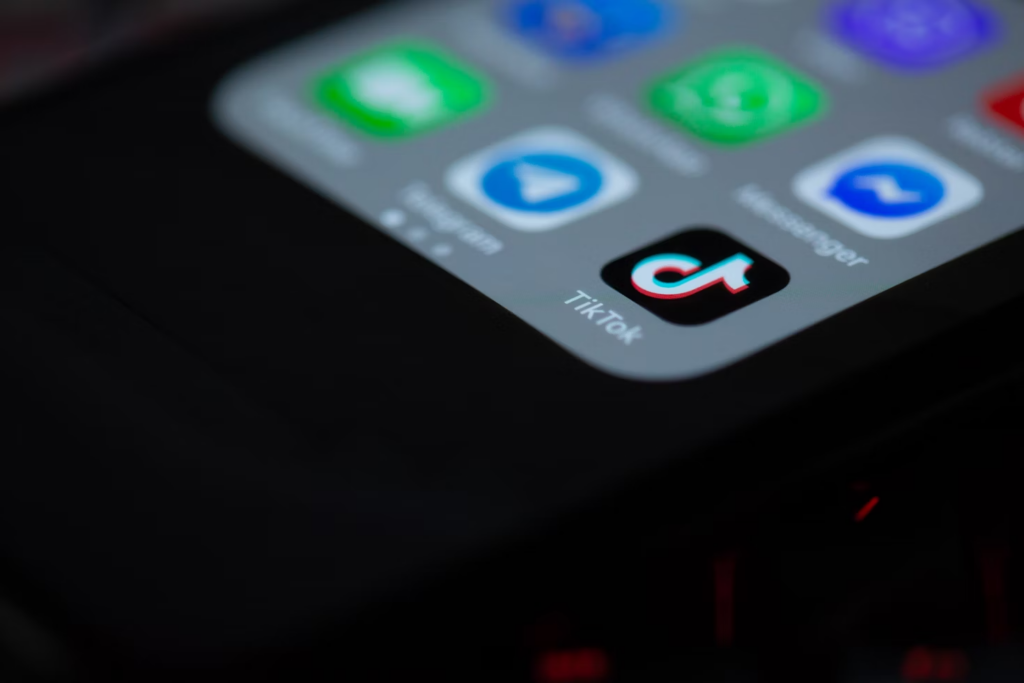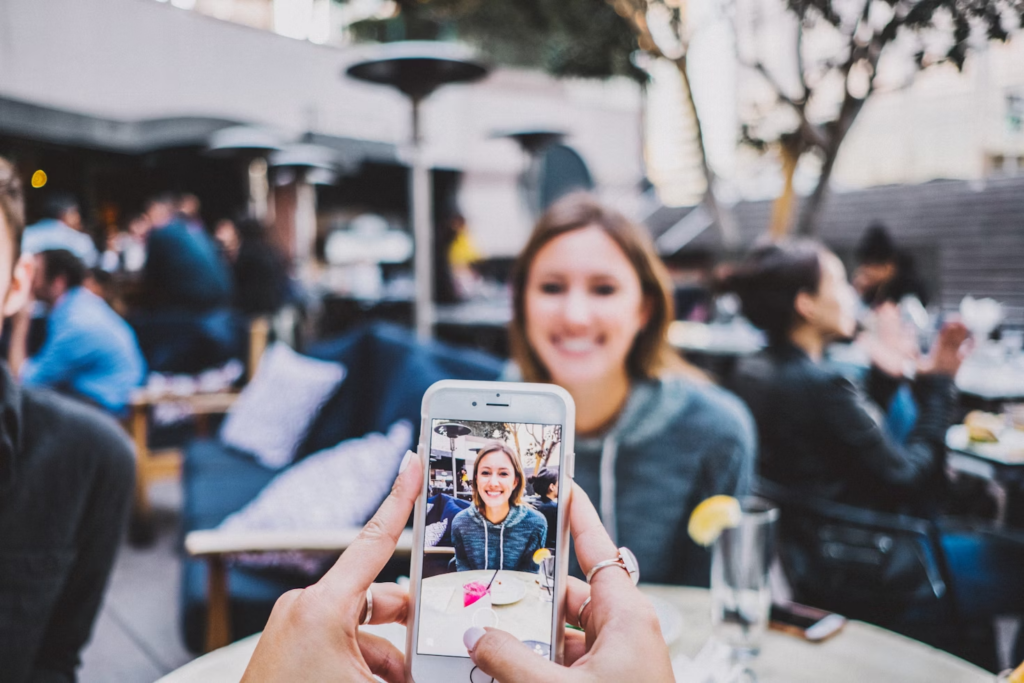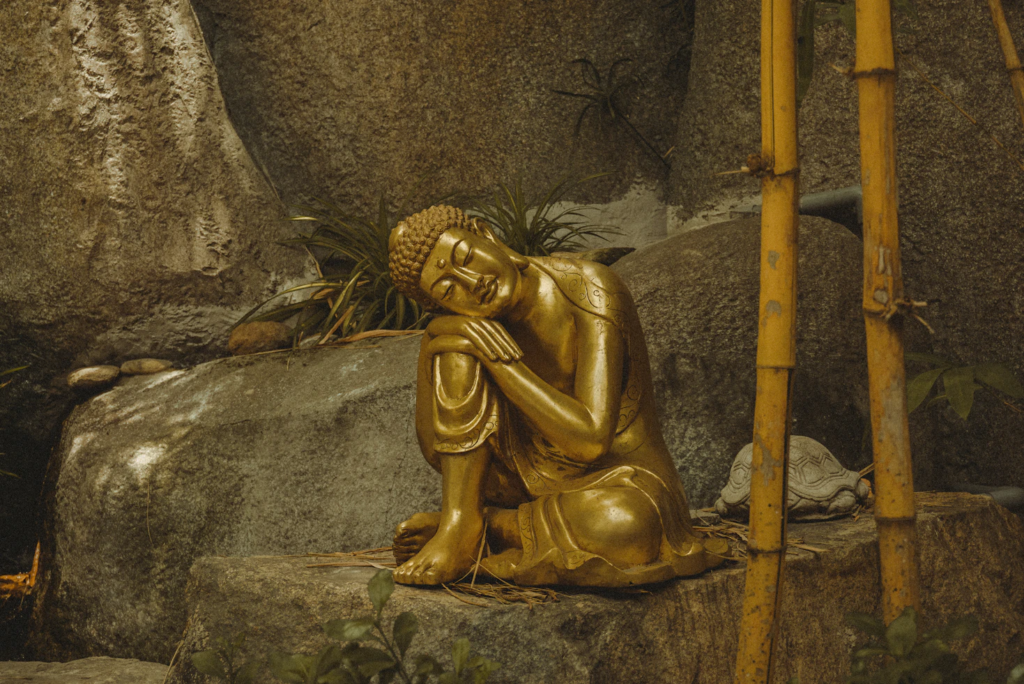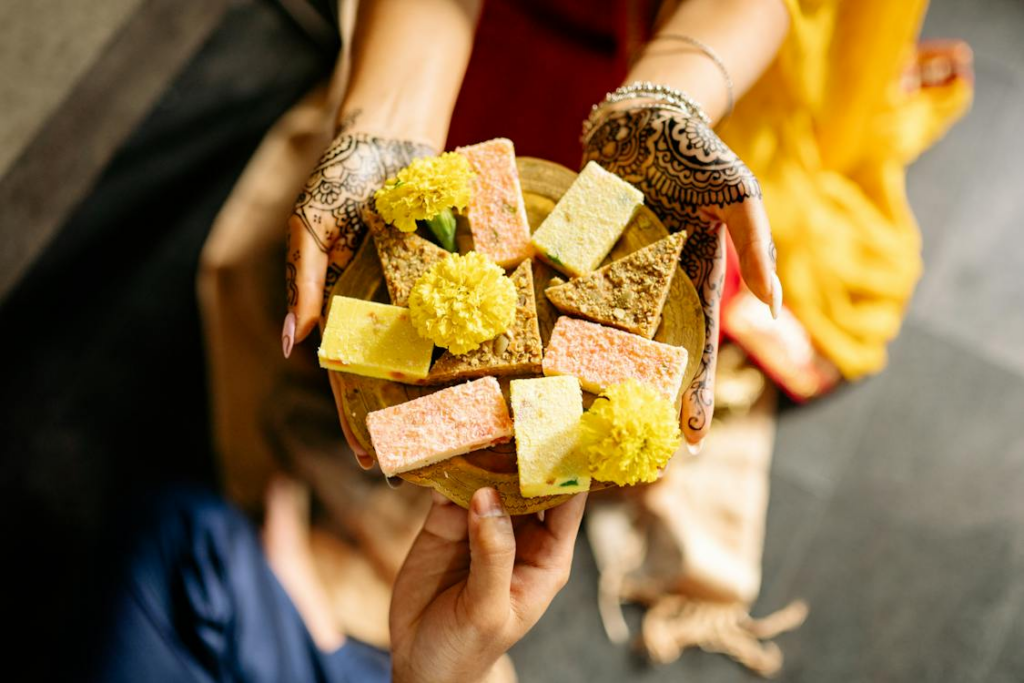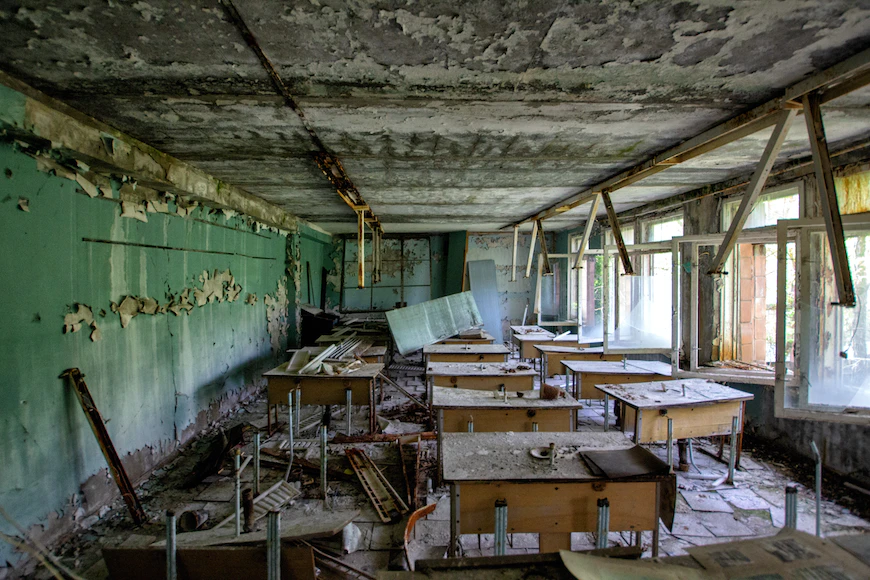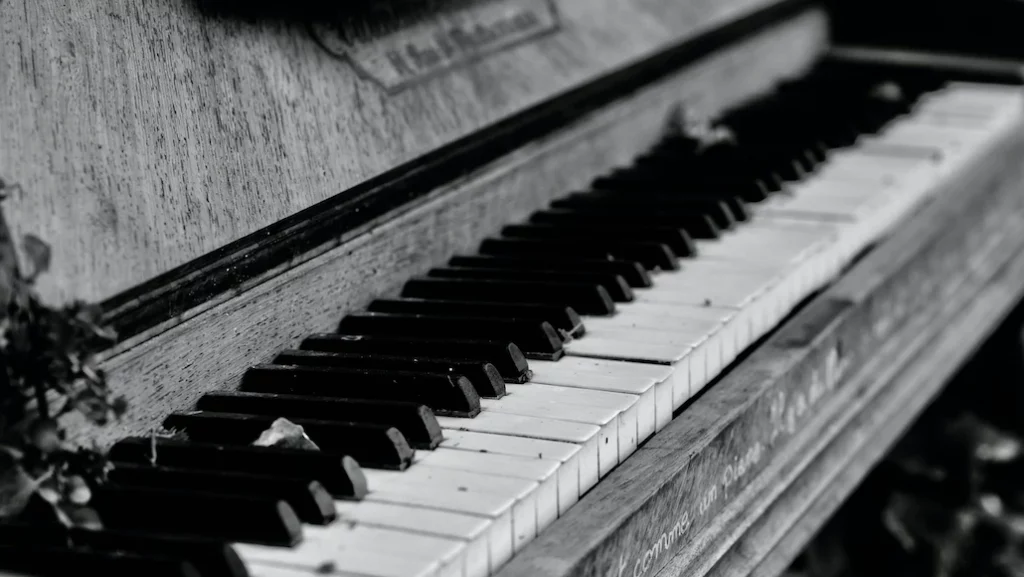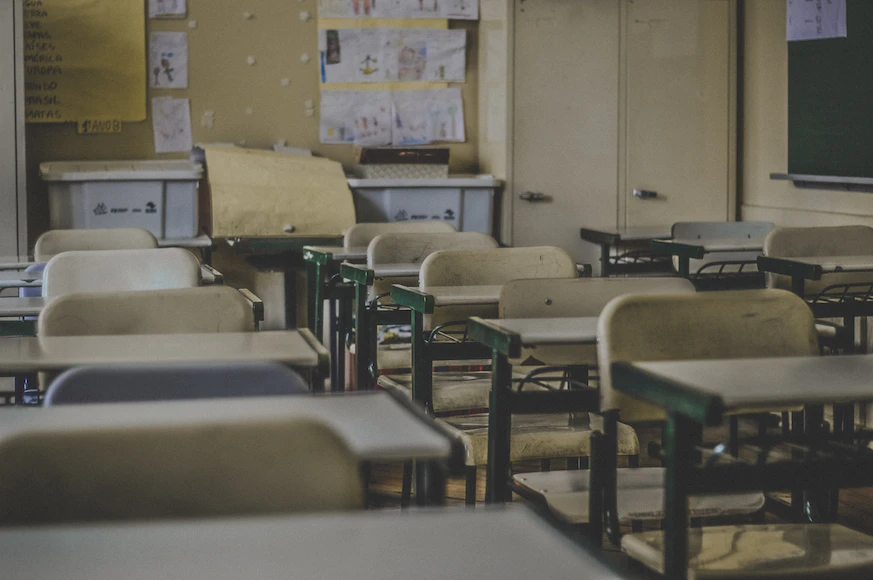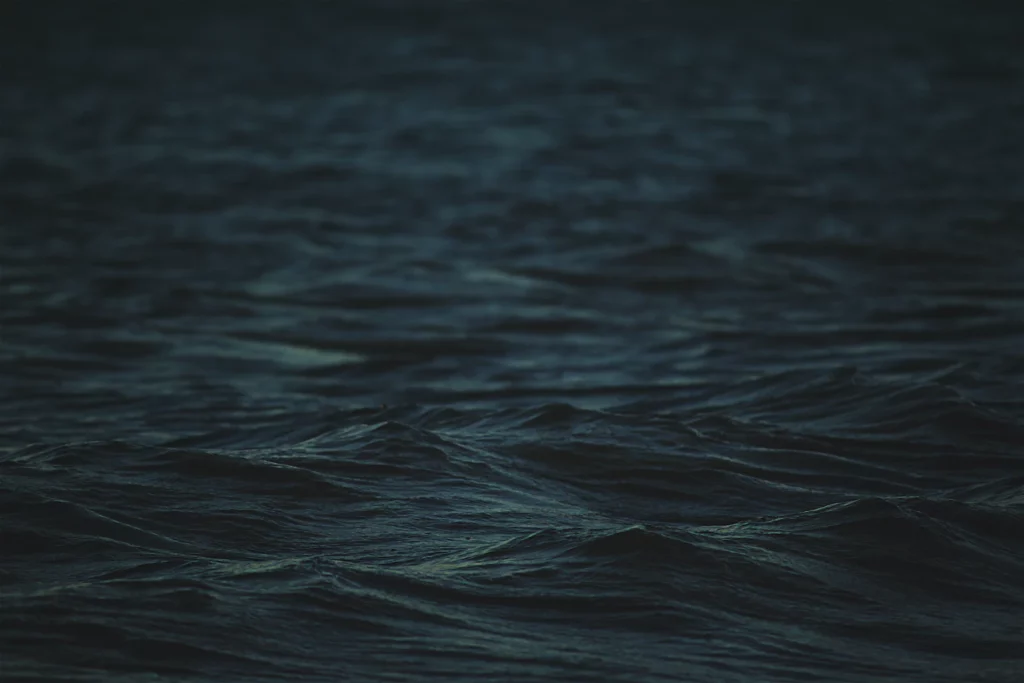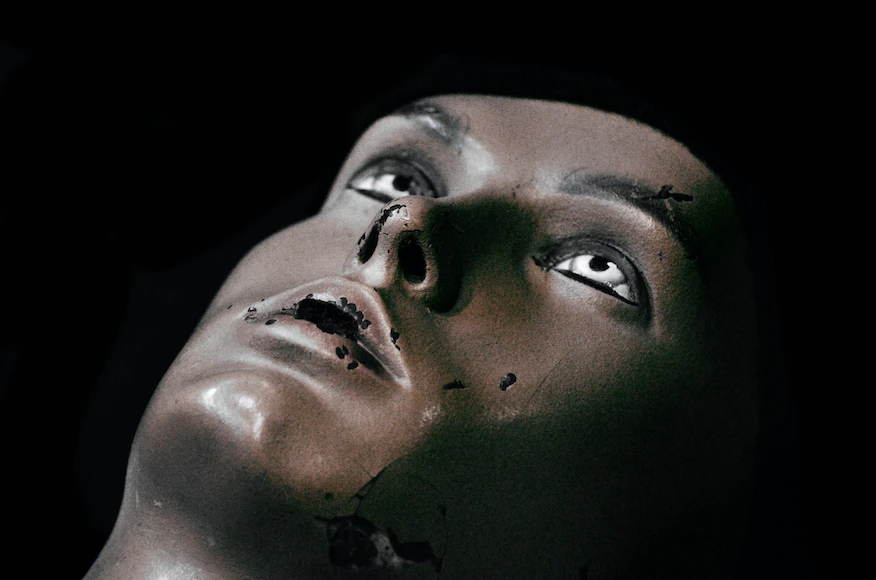"Celebrate the Festival of Lights in Singapore with vibrant traditions, joyful gatherings, and the warmth of family in Little India's festive glow."
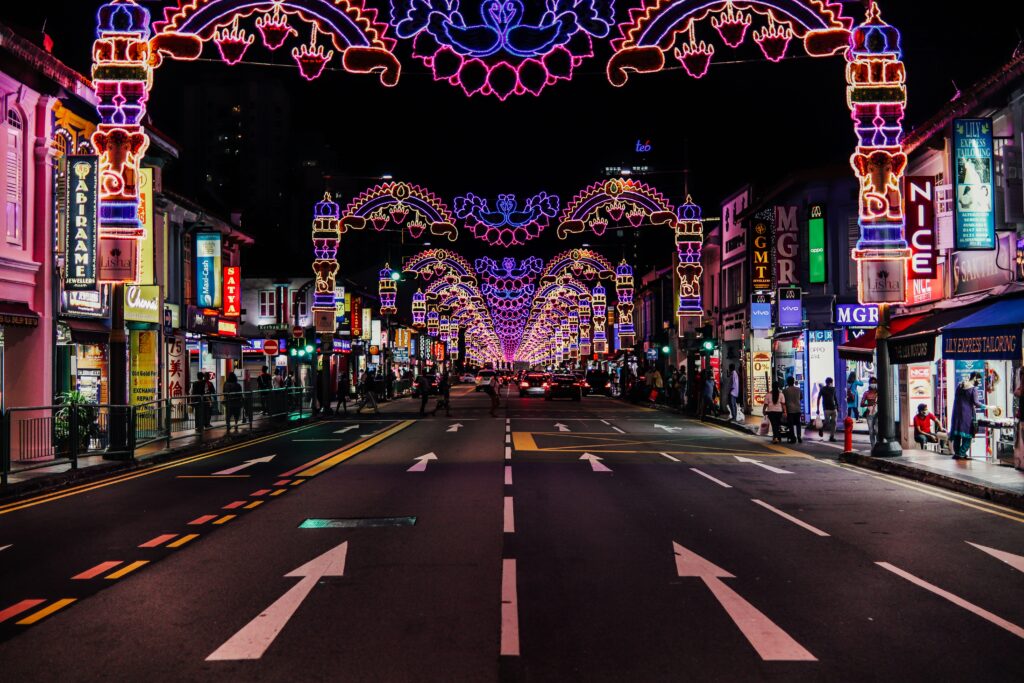
Deepavali, also known as the Festival of Lights, is a time of joy and celebration, and there’s no better place to immerse yourself in the festivities than Singapore. Here are some of the best ways to celebrate Deepavali with your family.
Start by experiencing the vibrant lights and festive atmosphere in Little India, where you can enjoy shopping and explore the rich traditions of Indian culture together. Visit Singapore’s oldest temples to connect with the true spirit of the festival. To top off your celebration, indulge in a meal at one of the Indian restaurants in Little India offering special Deepavali menus that are sure to delight your taste buds.
1. What is Deepavali and How is it Celebrated

Deepavali, also known as Diwali, is a significant festival celebrated by millions around the world, particularly within the Hindu community. The name “Deepavali” translates to “row of lights” in Sanskrit, reflecting the central theme of the festival: the triumph of light over darkness and good over evil. This vibrant celebration holds a special place in the Hindu calendar, symbolising renewal, joy, and the victory of righteousness.
The date of Deepavali is determined by the Hindu lunar calendar, typically falling sometime in October or November. In 2024, Deepavali will be celebrated on October 31. The festival spans approximately five days, with each day having its unique significance and customs. This extended celebration allows families and communities to come together, engage in various rituals, and partake in the festive atmosphere.
Deepavali is celebrated over five distinct days, each marked by specific traditions. The first day, Dhanteras, is considered auspicious for purchasing gold, silver, or other precious metals, believed to invite prosperity into homes for the upcoming year. The second day, known as Choti Diwali, represents the culmination of the battle between good and evil. The main celebration occurs on the third day, Diwali itself, where prayers are offered to Goddess Lakshmi for protection and abundance in the year ahead. The fourth day, Govardhan Puja, is dedicated to expressing gratitude to the deities for their blessings and protection. Finally, the fifth day, Bhai Dhooj, celebrates the bond between siblings, reinforcing family ties and love.
In essence, Deepavali is a time of reflection, celebration, and connection, uniting families and communities in a shared experience of joy and reverence.
2. Deepavali Celebration in Singapore
Deepavali in Singapore is a vibrant celebration that beautifully showcases the rich cultural heritage of the Indian community. As the festival approaches, families often seek ways to keep everyone entertained and engaged. With so many exciting options available, here’s how to get into the spirit of Deepavali in Singapore.
Deepavali Street Light Display
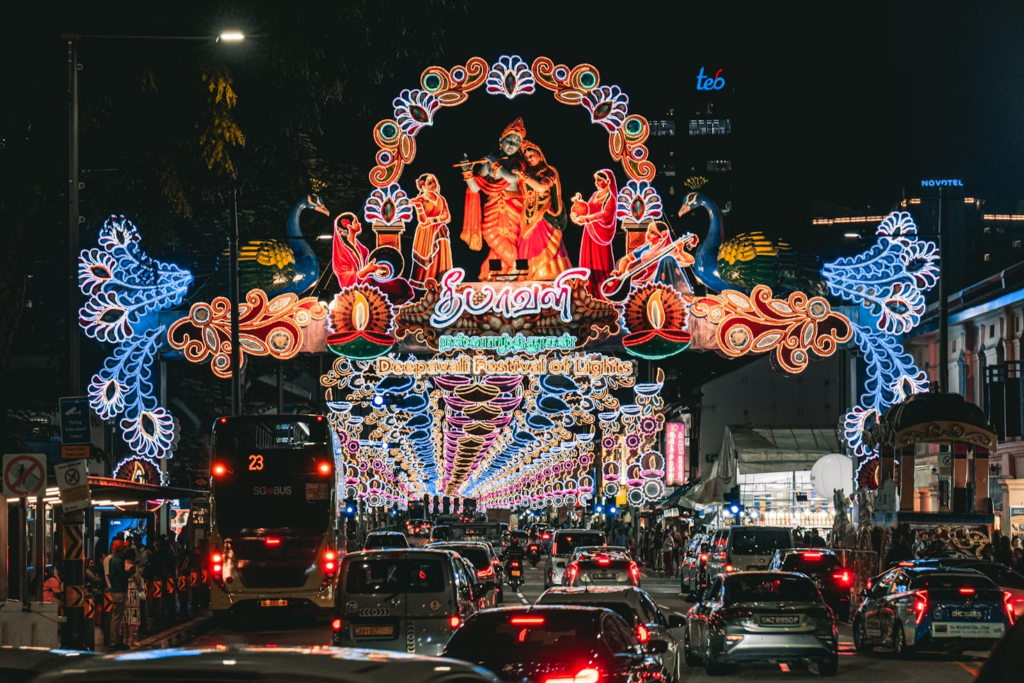
This stunning showcase is located all around Little India, where the streets are adorned with colourful lights and elaborate decorations. The festivities kick off in September and run until November 17, 2024.
The highlight of the street light display includes two main arches that feature impressive three-dimensional installations. These grand structures showcase massive peacocks, lotus flowers, and traditional oil lamps, all intricately designed to celebrate the themes of Deepavali. The bright colours and elaborate designs create an inviting atmosphere that captivates all who walk through the area. Children, in particular, are sure to love the dazzling display.
Deepavali Festival Village
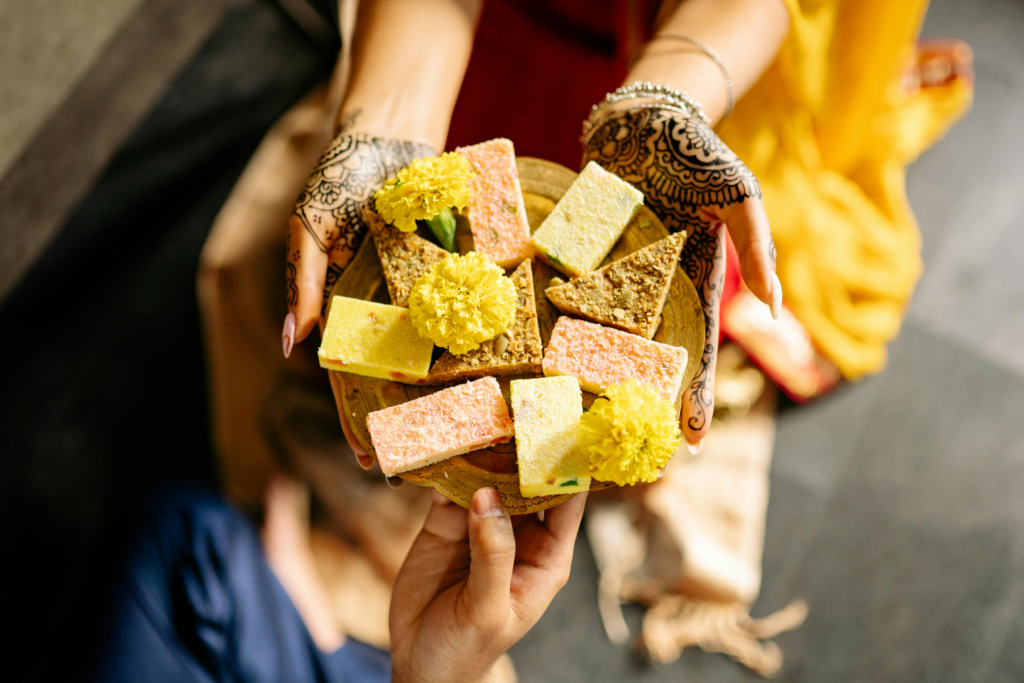
Taking place on Campbell Lane until October 30, 2024, this vibrant event is open daily from 10 AM to 10 PM. One of the highlights of the festival village is the shopping experience, featuring a colourful array of traditional clothing that showcases the rich cultural heritage of the Indian community. Shoppers can find beautiful sarees, kurtas, and accessories that reflect the festive spirit.
In addition to shopping, the festival village boasts a diverse range of food stalls offering authentic Indian cuisine. From flavorful biryanis to mouth watering sweets, there’s something to satisfy every palate. The Deepavali Festival Village also features lively performances of traditional music and dance, along with artistic displays that celebrate the heritage of Indian culture.
Visit Hindu Temples

Visiting Hindu temples during Deepavali in Singapore offers an experience of the spiritual and cultural richness of the festival. One prominent temple to explore is the Sri Veeramakaliamman Temple, located in the heart of Little India. Originally known as Soonambu Kambam Kovil, this temple began as a shrine dedicated to the Hindu goddesses Kali and Parvati in 1855. A formal temple structure was constructed by Bengali labourers in 1881. Visitors can enjoy the temple’s serene atmosphere and admire its intricate architecture. The temple is open daily from 5:30 AM to 12:00 PM and again from 5:00 PM to 9:00 PM.
Another essential stop is the Sri Mariamman Temple, Singapore’s oldest Hindu temple, established on July 6, 1973. Situated at 244 South Bridge Road in Chinatown, this agamic temple was built in the Dravidian style and is a significant cultural landmark. The vibrant architecture and elaborate carvings make it a fascinating place to visit, especially during the Deepavali celebrations. The temple welcomes visitors every day at 6:00 am–12.00 pm, 6:00–9.00 PM.
Lastly, the Sri Senpaga Vinayagar Temple, located on Ceylon Road, is one of the oldest Hindu temples in Singapore. Its origins date back to a small shrine established in the 1850s. The temple features stunning architectural details, including four granite pillars, an intricately etched entrance stone, and a towering musical pillar that produces different notes when tapped—an extraordinary first for Southeast Asia. This temple is open daily from 6:30 AM to 9:00 PM.
Taste Authentic Indian Cuisine

End your Deepavali celebration at one of the many fantastic Indian restaurants in Singapore. Indulging in authentic Indian cuisine is a must, and there are several excellent restaurants to choose from.
Tiffin Room, located in Raffles Hotel Singapore, is a standout choice for North Indian specialities. Known for its use of freshly ground spices and traditional Indian brews, the restaurant is hosting a special Dazzling Diwali Dining experience from October 20 to November 3, 2024. The menu features exquisite dishes such as Khumani Murgh Kebab, Erachi Ularthu, Kadhai Lobster, and Akhrot Halwa.
Another fantastic option is GupShup, which is offering a special Deepavali menu at $55++ per person. It is only available from October 29 to November 3, 2024. Located in The Serangoon House, a Tribute Portfolio Hotel, GupShup serves delightful starters like Malai Pudina Tikka and Talli Machchi, followed by mains such as Butter Chicken and Nadru Kofta Korma. For dessert, you can enjoy treats like Saffron Rose Kulfi and Malai Puda.
For those seeking a modern twist on Indian cuisine, Royal Taj located at Village Hotel Sentosa is an excellent choice. This restaurant complements the flavours and traditions of India while offering an array of street food, such as Aloo Tikki Chaat and Roasted Papad, along with a variety of vegetable dishes like Methi Malai Mutter. Popular mains include Goan Fish Curry, Lamb Vindaloo, and Chicken Biryani.
Finally, try Sansara, an authentic North Indian restaurant that is located at 392 Havelock Road. Sansara is offering a Grand Diwali Feast from October 18 to November 10, 2024. Priced at $98++, the set menu features an impressive array of dishes, from Khara Deshi Palak to the tender, slow-cooked Martaban Gosht. Make sure to leave room for dessert, which includes delightful options like Moong Dal Halwa and Baked Gulab Jamun.
Each of these restaurants offers a unique culinary experience, making them perfect for celebrating Deepavali in Singapore. Reservations are highly recommended, so don’t forget to book your table through their website.
For more articles about traditional festivals, make sure to check out ‘Why Are Traditional Festivals Still Important to Us?,’ ‘Fun Activities for Chinese New Year in Singapore 2024,’ and ‘Explore the Significance of Chinese New Year Symbols’
